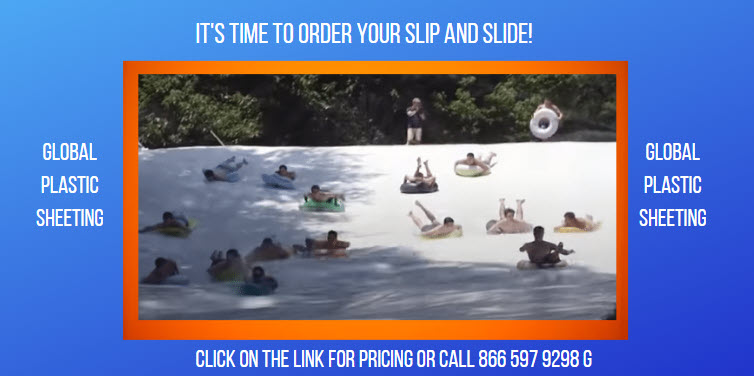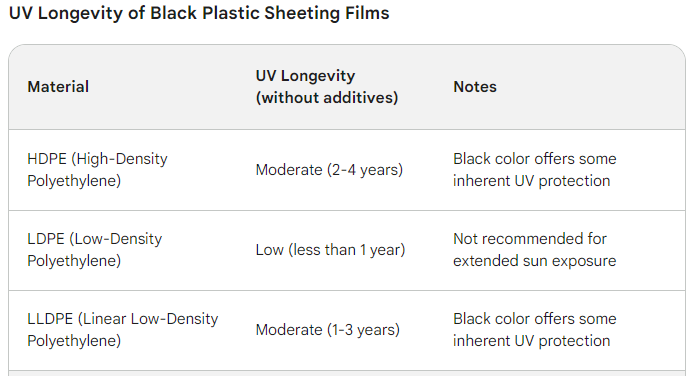What's a Geomembranes Primary Role?
Geomembranes are primarily known for their role as fluid barriers, but their construction methods and materials can lead to confusion. Manufacturers use different methods and materials, resulting in varying properties aimed at achieving the same function. Additionally, the definition of a "fluid barrier" can be subjective, influenced by factors such as site conditions, application requirements, fluid composition, and regulatory standards.
Standardized Testing Industy Groups
To address this complexity, various testing and industry groups have worked to standardize the testing of geomembranes. Organizations listed below have prepared materials to establish specifications for groups of t\geomembranes which have at least some common properties. They include:
ASTM International (ASTM)
ASTM International (formerly known as the American Society for Testing and Materials) is a globally recognized organization composed of industry experts, manufacturers, engineers, scientists, and other professionals. It is dedicated to improving product quality, enhancing health and safety, strengthening market access and trade, and building consumer confidence.
ASTM develops and publishes voluntary consensus standards for various materials, products, systems, and services across multiple industries, including construction, manufacturing, and materials testing. These standards provide guidance on design, performance, testing, and specifications, ensuring product quality, reliability, and interoperability.
Regarding geomembranes, ASTM International plays a crucial role in standardizing testing methods and specifications to ensure consistency and quality in the manufacturing and application of geomembranes. Manufacturers, engineers, and other stakeholders in the industry rely on ASTM standards to evaluate geomembrane materials, properties, and performance characteristics.
To apply ASTM standards for geomembranes, manufacturers typically follow established procedures outlined by ASTM committees responsible for developing and maintaining standards relevant to geomembranes. These committees consist of technical experts and industry stakeholders who collaborate to review, revise, and create new standards based on emerging technologies, research findings, and industry needs. Manufacturers can participate in ASTM committee activities by joining as members, attending meetings, and contributing expertise to the development and improvement of geomembrane standards.
Geosynthetic Institute (GSI)
The Geosynthetic Institute (GSI) is a non-profit organization focused on advancing the research, development, and application of geosynthetic materials. Its members include state and federal agencies, engineering firms, manufacturers, academia, and other stakeholders involved in the geosynthetics industry.
GSI conducts research, provides education and training, and offers technical support and consulting services to promote the effective use of geosynthetics in various civil engineering and environmental applications. This includes geomembranes, geotextiles, geogrids, and other geosynthetic materials.
To apply for geomembranes through GSI, stakeholders typically engage with the institute through various channels, such as attending workshops, conferences, and training sessions organized by GSI. Additionally, manufacturers and engineers may collaborate with GSI on research projects or seek guidance and technical assistance related to the selection, design, and installation of geomembranes. GSI also publishes technical manuals, guidelines, and reports on geosynthetic materials, providing valuable resources for industry professionals involved in geomembrane applications.
Fabricated Geomembrane Institute (FGI)
The Fabricated Geomembrane Institute (FGI) is an organization focused on promoting the use of fabricated geomembranes in various civil and environmental engineering applications. Its members include manufacturers, equipment suppliers, fabricators, academia, and other stakeholders involved in the fabrication and application of geomembranes.
FGI serves as a resource for research, education, and technical support related to fabricated geomembranes. The institute conducts research projects, develops guidelines and best practices, and offers training and educational programs to promote the understanding and proper use of fabricated geomembranes.
To apply for geomembranes through FGI, stakeholders typically engage with the institute through various means, such as attending workshops, webinars, and conferences organized by FGI. Additionally, manufacturers and engineers may collaborate with FGI on research initiatives, seek technical guidance, or access resources and publications provided by the institute. FGI also facilitates networking opportunities for industry professionals and promotes the exchange of knowledge and expertise in the field of fabricated geomembranes.
For instance, geomembranes are often classified into two broad categories: construction types and polymer types. While these classifications provide a framework for understanding geomembrane properties, differences in manufacturing processes and materials can complicate comparisons.
Nevertheless, certain properties are universally recognized as essential for geomembrane longevity. These properties center around chemical and environmental resistance, as well as survivability. Manufacturers should provide test values, minimum standards, and other performance indicators to address these properties. Understanding where reported standards fall within this spectrum can aid in comparison and design considerations.
In summary, while geomembranes serve a vital function as fluid barriers, their variability and complexity require careful evaluation of properties and standards to ensure optimal performance in specific applications.
















